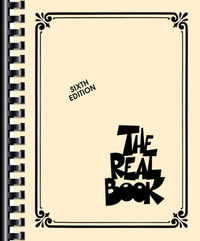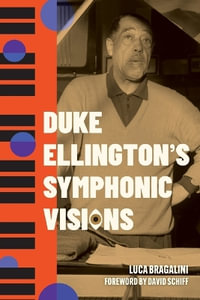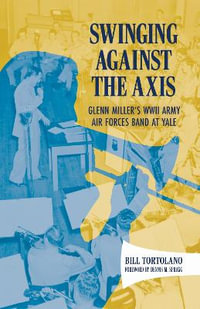It's nineteen fifty-something, in a dark, cramped, smoke-filled room. Everyone's wearing black. And on-stage a tenor is blowing his heart out, a searching, jagged saxophone journey played out against a moody, walking bass and the swish of a drummer's brushes. To a great many listeners--from African American aficionados of the period to a whole new group of fans today--this is the very embodiment of jazz. It is also quintessential hard bop. In this, the first thorough study of the subject, jazz expert and enthusiast David H. Rosenthal vividly examines the roots, traditions, explorations and permutations, personalities and recordings of a climactic period in jazz history.
Beginning with hard bop's origins as an amalgam of bebop and R&B, Rosenthal narrates the growth of a movement that embraced the heavy beat and bluesy phrasing of such popular artists as Horace Silver and Cannonball Adderley; the stark, astringent, tormented music of saxophonists Jackie McLean and Tina Brooks; the gentler, more lyrical contributions of trumpeter Art Farmer, pianists Hank Jones and Tommy Flanagan, composers Benny Golson and Gigi Gryce; and such consciously experimental and truly one-of-a-kind players and composers as Andrew Hill, Sonny Rollins, John Coltrane, Thelonious Monk, and Charles Mingus. Hard bop welcomed all influences--whether Gospel, the blues, Latin rhythms, or Debussy and Ravel--into its astonishingly creative, hard-swinging orbit. Although its emphasis on expression and downright "badness" over technical virtuosity was unappreciated by critics, hard bop was the music of black neighborhoods and the last jazz movement to attract the most talented
young black musicians.
Fortunately, records were there to catch it all. The years between 1955 and 1965 are unrivaled in jazz history for the number of milestones on vinyl. Miles Davis's Kind of Blue, Charles Mingus's Mingus Ah Um, Thelonious Monk's Brilliant Corners, Horace Silver's Further Explorations--Rosenthal gives a perceptive cut-by-cut analysis of these and other jazz masterpieces, supplying an essential discography as well. For knowledgeable jazz-lovers and novices alike, Hard Bop is a lively, multi-dimensional, much-needed examination of the artists, the milieus, and above all the sounds of one of America's great musical epochs.
Industry Reviews
"The author should be praised for breaking new ground with his Hill, Jones, Brooks, Hope, Clark, Harris, Kelly, Morgan, Jordan, Golson, and Turrentine biographies....Should be greatly appreciated as the beginning of a coming to terms with this vibrant period in jazz history....We are all indebted to Rosenthal for putting into motion what should be a continuing debate about jazz of this period."--American Book Review
"An original and compelling assessment."--Kirkus Reviews
"A solid, insightful study of one of the most misunderstood of jazz movements."--Harvey Pekar
"A very fine overview of the period from 1955-1965, especially as it refers to my personal involvement in the music of the time."--Jackie McLean
"Covers one of the most vital ten years in jazz, an era that is still echoing through contemporary music of many styles in its influence. David Rosenthal vividly and coherently explains the musical developments of this unified, yet diverse time in jazz, beautifully bringing in vital contemporaneous information on the socio-cultural circles within and immediately surrounding jazz. His ability to cover all bases without weighing the reader down in tangents and
minutia is admirable."--Michael Cuscuna, Mosaic Records
"An original and compelling assessment."--Kirkus Reviews

























